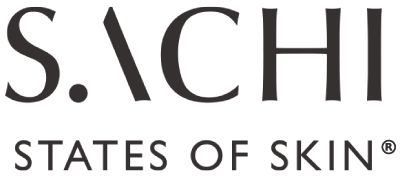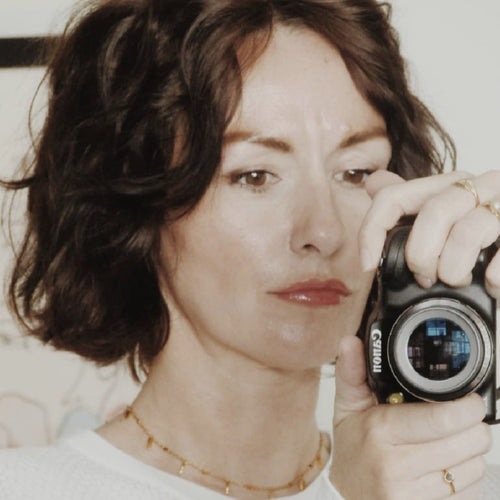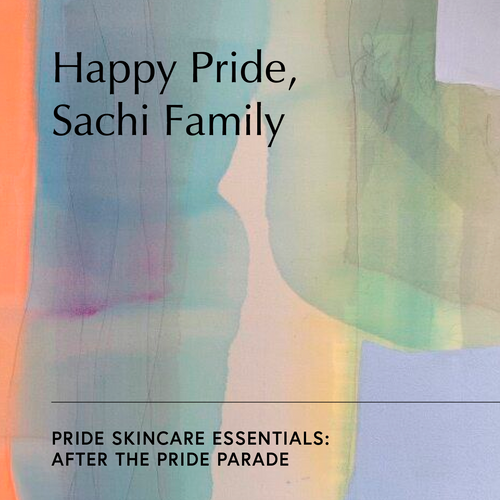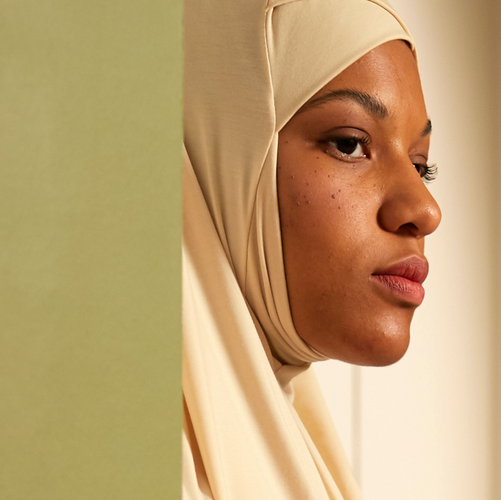If you've ever experienced persistent redness on your face, visible blood vessels, or acne-like bumps that just won't go away, you might be dealing with rosacea. This chronic skin condition affects millions of people worldwide and can be both frustrating and challenging to manage. But don’t worry, understanding rosacea is the first step toward keeping it under control and maintaining healthy skin.
What Exactly Is Rosacea?
Rosacea is a chronic, and extremely common inflammatory skin disorder. It usually shows up as redness, often with visible blood vessels, and can sometimes lead to small, pus-filled bumps or pimples that typically show up on the centre of the face. While anyone can develop rosacea, it's most commonly seen in those with fair skin (that's not to say it doesn't impact darker skin tones as it can) and it can also start later in life too.
So, what causes Rosacea?
The truth is, the exact cause is still a bit of a mystery. However, experts believe it’s a mix of genetic, environmental, and immune system factors. Here’s a closer look at what might be going on:
- Genetic Predisposition: If rosacea runs in your family, you’re more likely to develop it, suggesting that genetics play a role.
- Immune System Response: An overactive immune system might be responding abnormally to bacteria or mites on the skin.
- Environmental Triggers: Sun exposure, wind, hot weather, and even spicy foods can trigger rosacea flare-ups.
- Vascular Issues: Abnormalities in facial blood vessels might contribute to the redness and visible blood vessels that are common in rosacea.
- Microorganisms: The presence of certain bacteria and mites, like Helicobacter pylori and Demodex mites, is more common in people with rosacea.
Types of Rosacea
Understanding the specific type of rosacea you have is crucial for effective management:
- Erythematotelangiectatic Rosacea: Characterised by flushing and visible blood vessels.
- Papulopustular Rosacea: Often appears as red bumps and pimples, mimicking acne.
- Phymatous Rosacea: Involves thickening of the skin, particularly around the nose.
- Ocular Rosacea: Affects the eyes, leading to irritation and redness.
Spotting the Signs: Symptoms of Rosacea
Rosacea can look different from person to person, but there are some common symptoms to watch out for:
- Persistent Redness: This is the most common symptom. The redness usually appears in the central part of the face, think cheeks, nose, chin, and forehead.
- Visible Blood Vessels: Small blood vessels might become visible on the surface of the skin, giving it a flushed appearance.
- Bumps and Pimples: Sometimes, rosacea causes breakouts that look a lot like acne. These can be red, swollen, and sometimes filled with pus.
- Thickened Skin: In more severe cases, the skin can become thicker and bumpier, especially around the nose. This condition is known as rhinophyma.
- Eye Issues: Ocular rosacea affects the eyes, leading to redness, irritation, and sometimes more serious eye problems like keratitis.
People with darker skin tones who develop early signs of Rosacea such as flushing, can be easily missed or mistaken for another condition. If you have a darker skin tone, it is recommended that you see a dermatologist if you notice any of the following on your face:
- A warm feeling most of the time
- Dry, swollen skin and patches of darker skin
- A dusky brown discoloration to your skin
- Acne-like breakouts that acne treatment won’t clear
- Yellowish-brown, hard bumps around your mouth, eyes, or both
- Burning or stinging when you apply skin care products
- Swelling and thickening skin on your nose, cheeks, chin, or forehead
How to Manage Rosacea: Tips and Treatments
While there’s no cure for rosacea, there are plenty of ways to manage it and reduce flare-ups. Here are some tips to keep your skin calm and clear:
Identify and Avoid Triggers
Keep a diary to help identify what triggers your rosacea. Common triggers include sun exposure, stress, hot beverages, and spicy foods. Once you know what sets off your symptoms, you can take steps to avoid them.
Choosing the Right Skincare Products
Maintaining a healthy skin barrier is critical for preventing rosacea flare-ups and alleviating symptoms like dryness, sensitivity, and irritation. A robust barrier function can shield your skin from environmental triggers and reduce the severity of symptoms.
For optimal skincare in rosacea management, selecting the right products is key. A good cleanser for rosacea should be free from harsh chemicals and fragrances to avoid aggravating sensitive skin. The Saponins Cream Cleanser is an excellent choice. This cleanser is designed to gently remove impurities without stripping the skin of essential moisture, supporting a healthy skin barrier and providing a soothing effect.
After cleansing, applying a serum that is rich in ceramides and hydrators can significantly boost your skin’s resilience. Our Pro Resilience Serum complements this routine perfectly. It features a specialised blend of ingredients ideal for sensitive and rosacea-prone skin:
- Multi-Molecular Hydrators: Offer deep and varied levels of hydration to keep the skin balanced and moisturised.
- Vegan Ceramide Complex: Reinforces the skin's natural barrier, keeping irritants out and moisture in.
- Ayurvedic Botanicals 10.5% Bioflavonoid Repair Complex: Supports skin resiliency and helps combat signs of aging such as fine lines and wrinkles.
- CM Glucan: Known for its protective, soothing, and regenerative properties, making it ideal for sensitive and reactive skin types.
Incorporating sun protection into your daily routine is vital. UV rays can worsen rosacea symptoms, leading to increased redness and collagen breakdown. Opt for a broad-spectrum SPF designed for sensitive skin to avoid irritation and provide effective protection.
General Skincare Rules
Avoid products that are too rich and thick, as they may cause breakouts or clog pores. Similarly, you might want to avoid products heavy in alcohol or that are too drying to avoid flare ups. You may also want to avoid heavy Fragrance and essential oils and Menthol as they may cause irritation.
Laser Therapy for Rosacea
Laser treatment is a popular method for managing the visible symptoms of rosacea, particularly persistent redness and visible blood vessels. Laser for rosacea involves using technologies like pulsed dye lasers or intense pulsed light to target and reduce these symptoms, offering a potential long-term solution for clearer skin.
Ayurvedic Holistic Tips for Rosacea
In Ayurveda, rosacea is usually seen as a result of aggravated Pitta dosha - the dosha responsible for inflammation and heat in the body. Factors that can aggravate Pitta include:
Lifestyle: Overexposure to Sun, stress and heat
Food: Spicy, sour and hot foods.
Environment: Harsh pollutants and extreme weather conditions (hot or cold)
Simple holistic and lifestyle changes can go a long way in managing rosacea. Try to minimise sun exposure, excessive heat/cold, manage your stress levels, and be mindful of hot drinks and spicy foods that might trigger flare-ups. These Ayurvedic Pitta balancing tips can help tremendously.
Living with rosacea can be tough, but with the right care and management strategies, you can keep your symptoms under control. By understanding your triggers, following a gentle skincare routine, and incorporating a holistic lifestyle, you can maintain clear, healthy-looking skin and reduce the impact of rosacea on your daily life.





